Logitech G PRO X Superlight 2 vs Razer Viper V2 Pro — Which Esports Mouse Should You Pick?
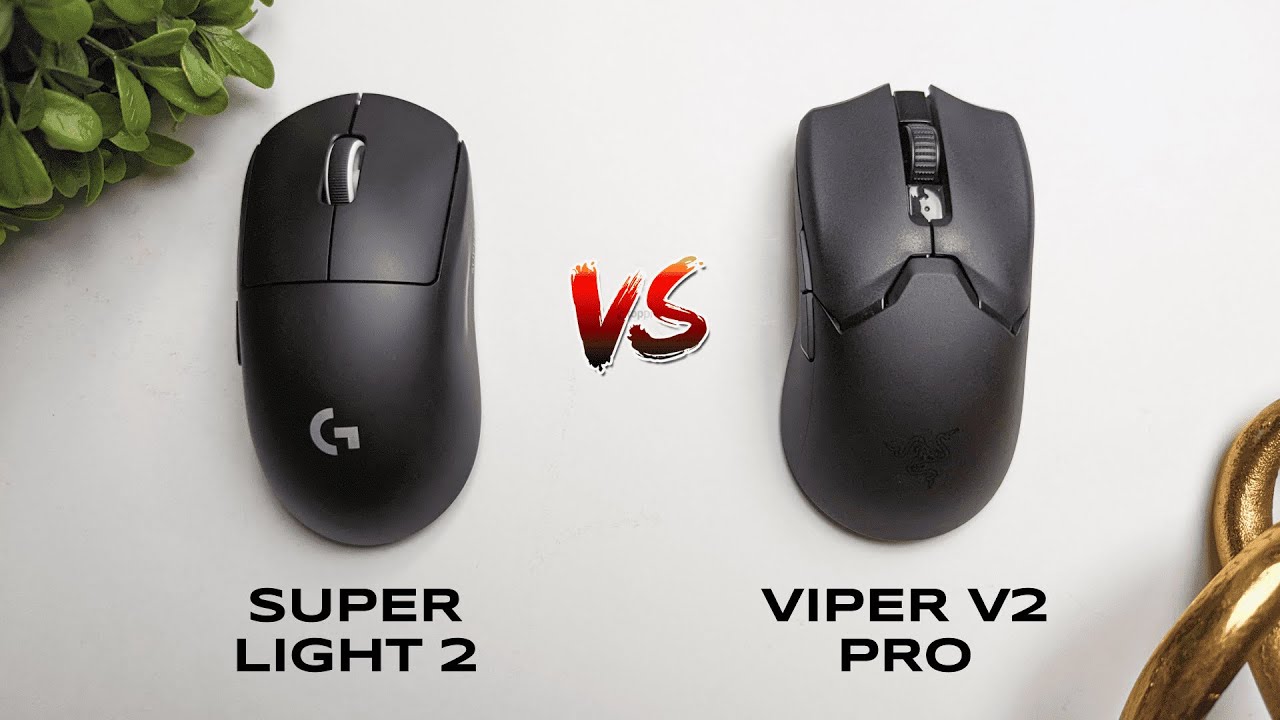
I'm Kova Tech, and in this head-to-head breakdown I compare the Logitech G PRO X Superlight 2 and the Razer Viper V2 Pro. Both are esports-grade, ultra-lightweight mice aimed at serious gamers. Below I cover the meaningful differences you’ll notice in real use — price, design, grips, weight, size, polling/DPI, battery, switches, cables, and my personal pick at the end.
Quick at-a-glance comparison
- Price: Logitech ~$160 vs Razer ~$120 (prices at time of publishing)
- Weight: Razer 58 g vs Logitech 60 g
- Polling rate: Razer up to 4 kHz vs Logitech up to 2 kHz
- Max DPI: Logitech 32,000 vs Razer 30,000
- Battery life: Logitech ~95 hrs vs Razer ~90 hrs
- Switches: Logitech hybrid optical vs Razer optical
Price: How much extra do you pay for Logitech?
Price matters. At the time I made this comparison, the Logitech G PRO X Superlight 2 sits around $160 while the Razer Viper V2 Pro is about $120. That $40 gap is significant for many buyers. If you’re on a budget, the Viper V2 Pro is a strong esports-grade contender. If you value specific Logitech features (software, aesthetics, slightly better battery), you might justify the extra cost.
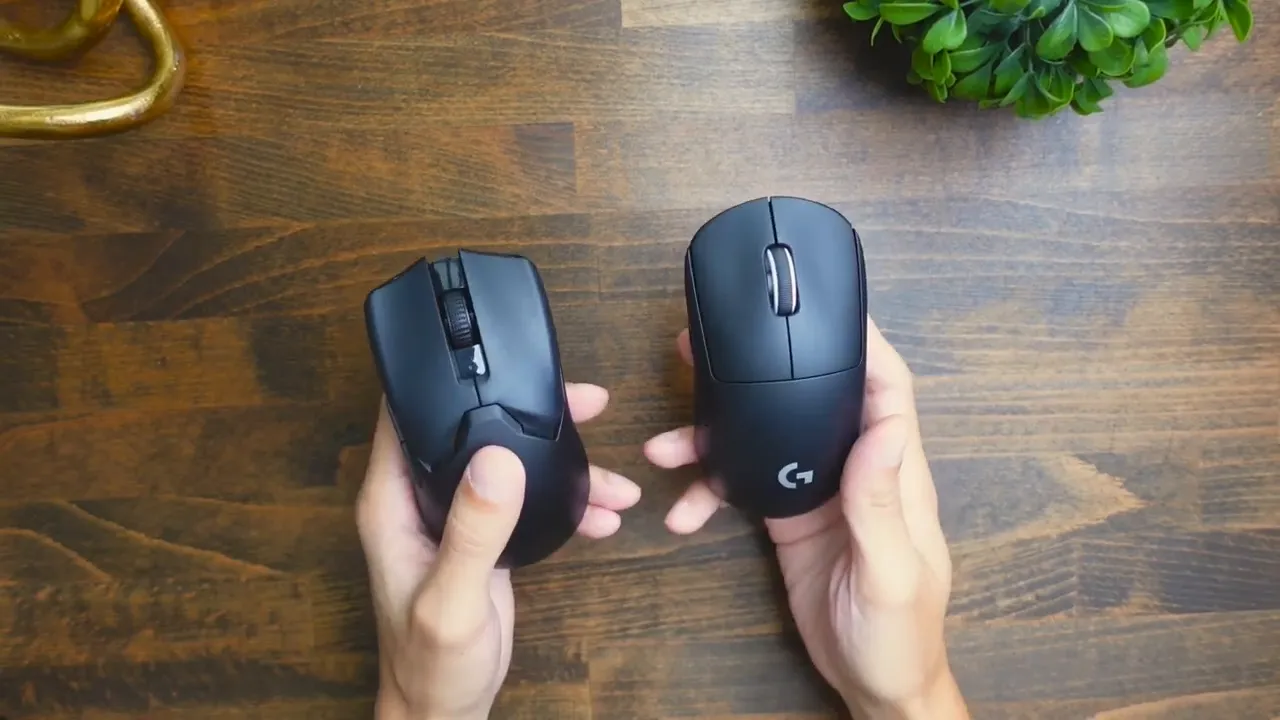
Design & first impressions
The two take very different visual approaches. Logitech goes minimalist and sleek — clean lines, simple silhouette, smooth matte finish. Razer opts for a more aggressive, textured look with multiple angles, sharp cutouts and a rougher scroll wheel texture.
Which feel is better depends on your taste and grip: I prefer Logitech’s minimalist aesthetic, but the Logitech surface feels slippier in-hand compared to the grippier Razer. Razer’s texture gives the palm a more secure feel and prevents the mouse from feeling like it’s sliding out of your hand.
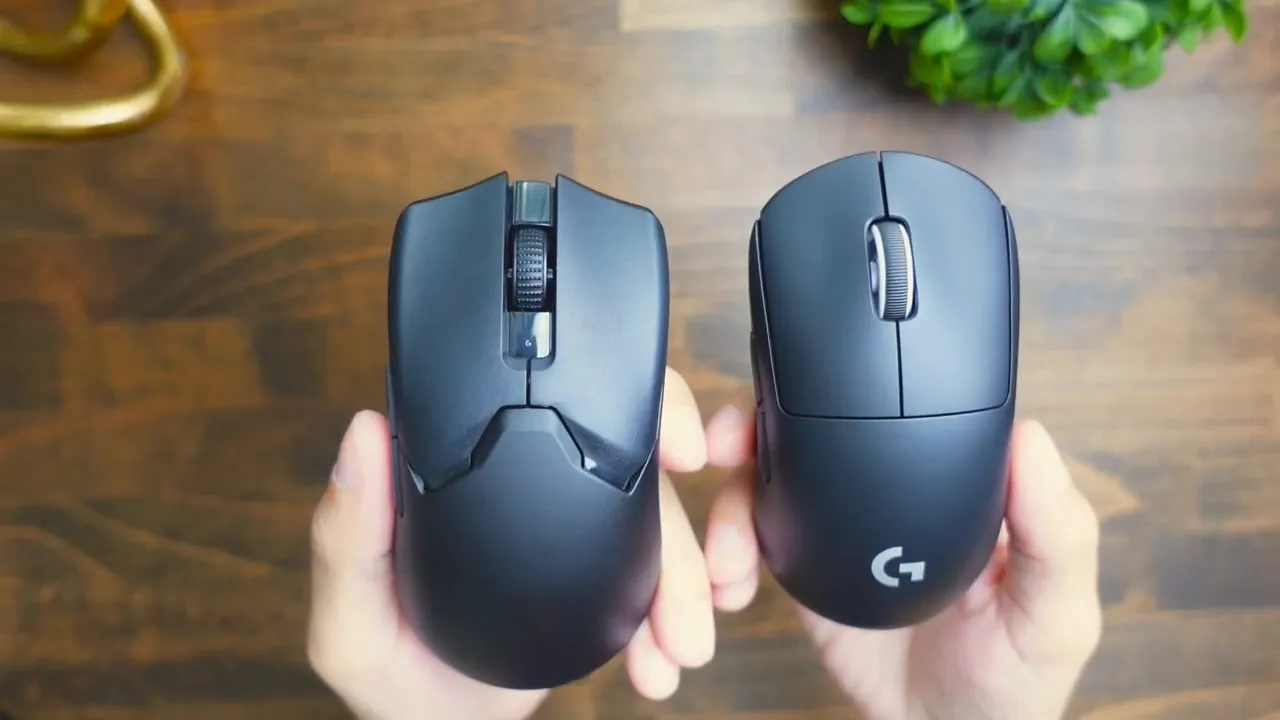
Included grips: sticker packs that fix slippage
Both mice include grip sticker packs so slippage won’t be a deal breaker. The two grip packs differ in texture:
- Razer’s stickers: more pronounced texture — very grippy.
- Logitech’s stickers: smoother, matte rubberized finish — less textured but solid.
Attach either set and you’ll eliminate most slippage concerns.
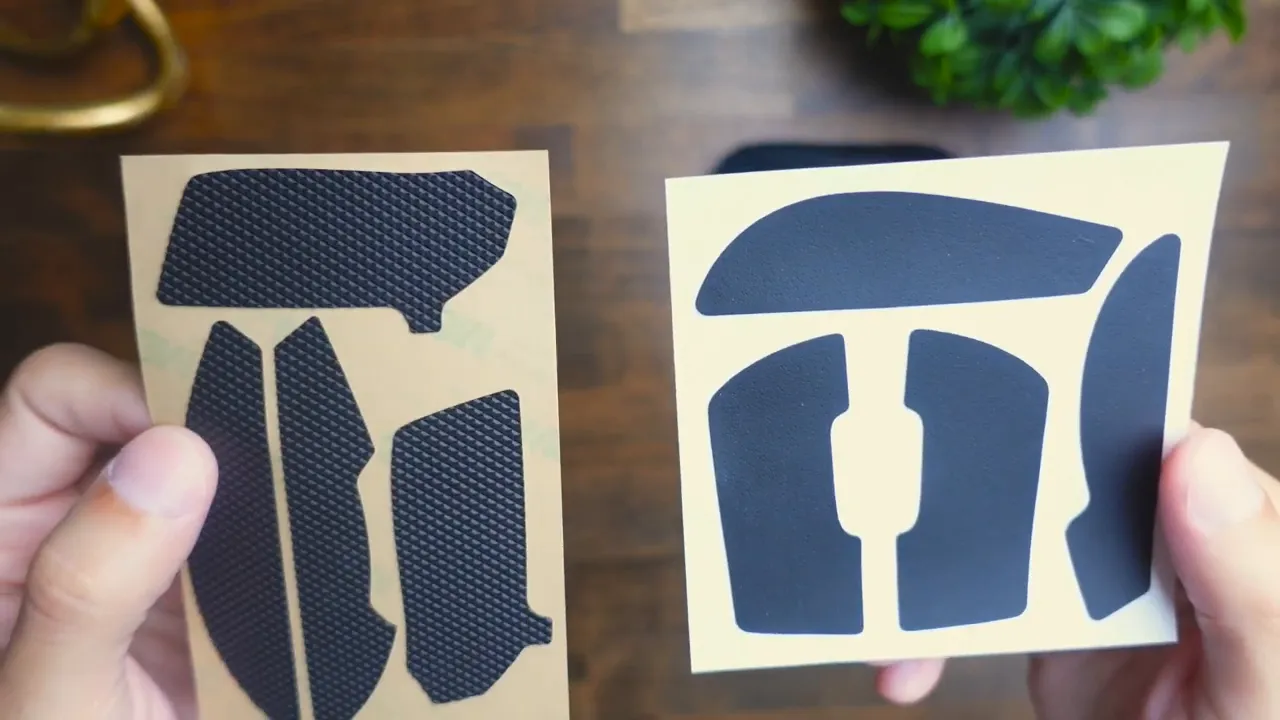
Weight & size — practically identical
Weight difference is tiny: Razer 58 g vs Logitech 60 g — only 2 grams. Most people won’t feel that. Size-wise they’re in the same ballpark: Logitech is about 3 mm slimmer while Razer is about 3 mm smaller in another dimension. Shape and posture are similar enough that palm, claw, and fingertip grippers will find both comfortable.
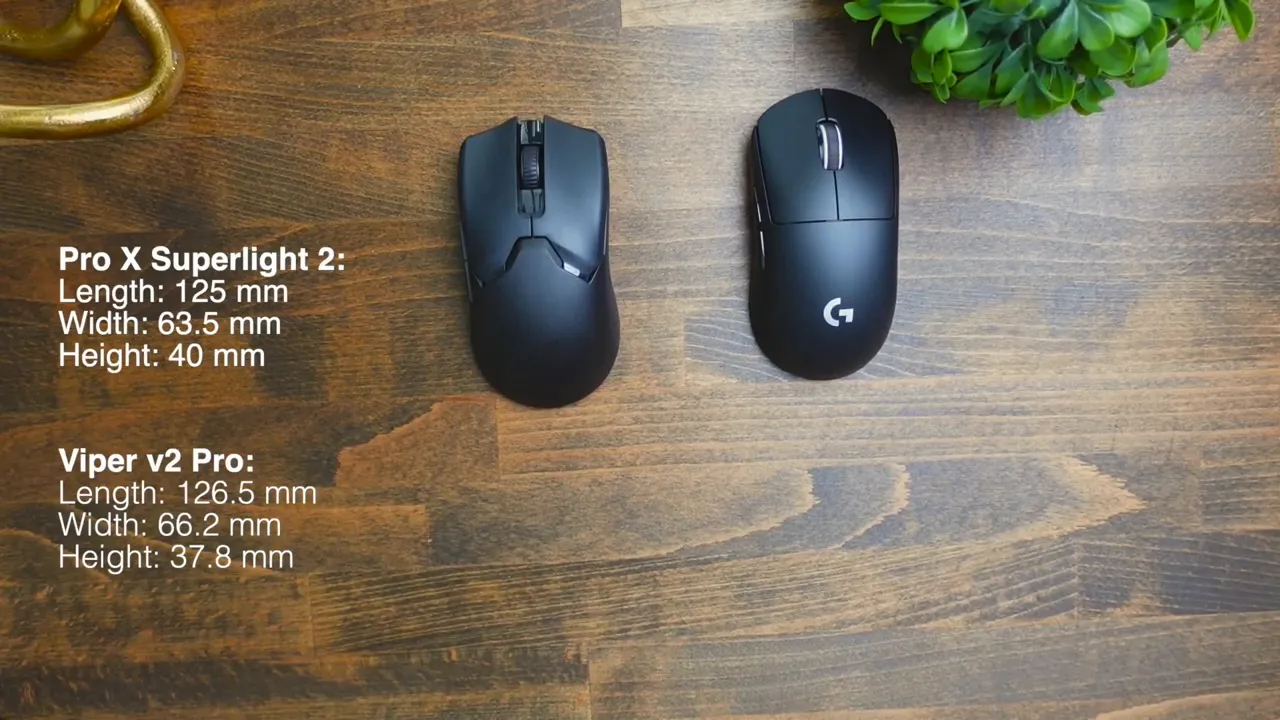
Polling rate & DPI — don’t chase the biggest numbers
Razer supports up to 4 kHz polling while Logitech caps at 2 kHz. That sounds like double the performance, but in practice I couldn’t tell a difference between 2 kHz and 4 kHz. Logitech likely sticks with 2 kHz because it’s imperceptible for most users and lighter on CPU overhead.
Max DPI is 32k on Logitech and 30k on Razer. Like polling rate, DPI is just sensitivity scaling — extremely high numbers aren’t necessary for most players. Both mice provide more than enough range to find a comfortable sensitivity.
Battery life & switches
Battery life is close: Logitech ~95 hours vs Razer ~90 hours. The small advantage for Logitech comes in part from its hybrid optical switches, which are designed to conserve power. Razer uses standard optical switches.
Both switches feel similar in actuation, but they sound a bit different. The hybrid optical switches in the Logitech slightly improve battery longevity without sacrificing the click experience.
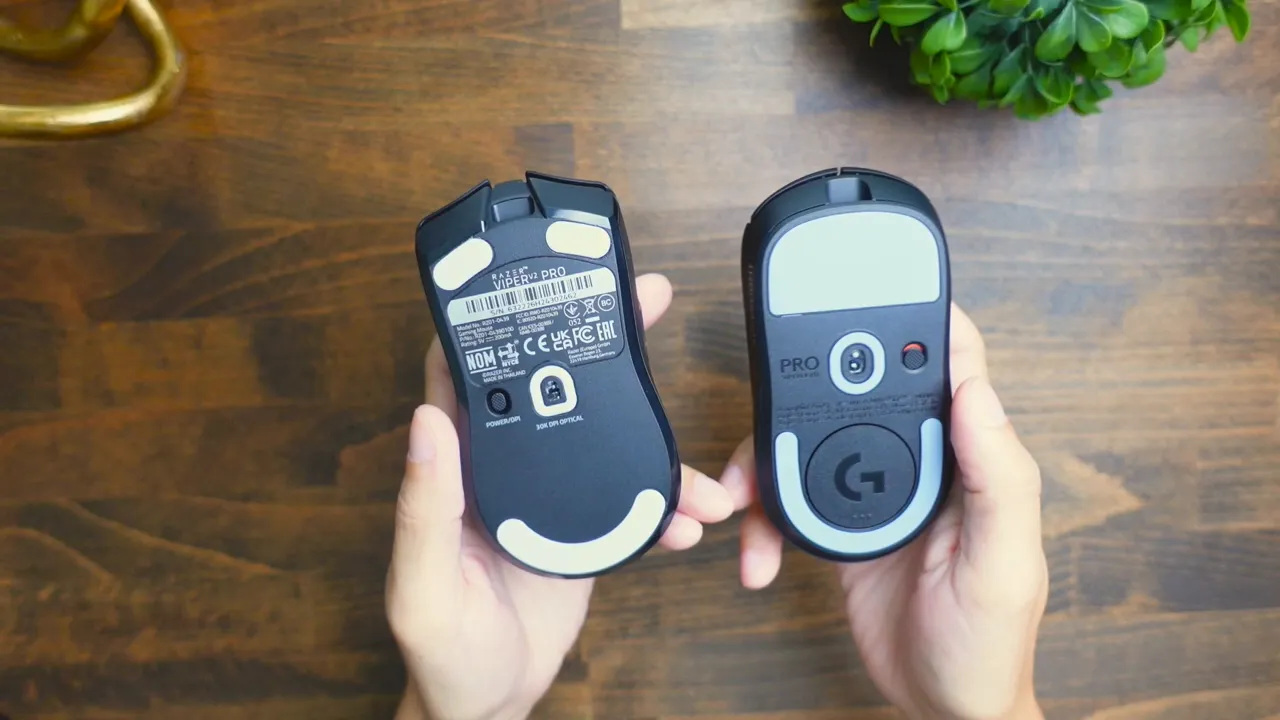
"I would personally go with the Logitech Pro X Superlight 2 Mouse."
Cables, receivers, and wired play
If you ever use wired mode or care about cable drag, note the differences:
- Razer includes a braided cable that slides smoothly and minimizes resistance.
- Logitech ships a silicone cable which can produce more resistance in wired mode.
- Receivers differ in shape (Razer’s is taller, Logitech’s is slimmer) but both perform the same core function.
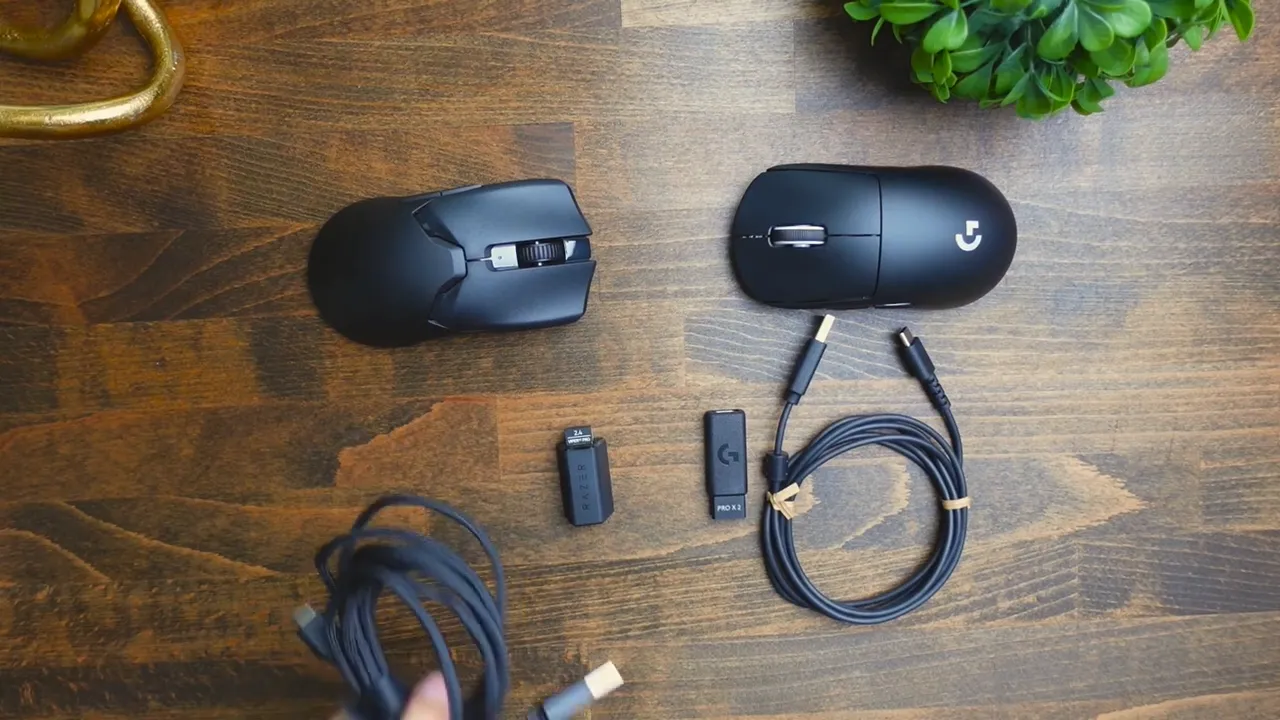
Minor notes and real-world feel
There are smaller specs and minutiae I didn’t list exhaustively here, but the features above are the ones you’ll notice in daily use. In short:
- If you want raw value and a very lightweight, grippy option, Razer Viper V2 Pro is an excellent choice at a lower price point.
- If you prefer Logitech’s software, cleaner aesthetics, slightly better battery, and are willing to pay around $40 more, the G PRO X Superlight 2 is worth the premium.
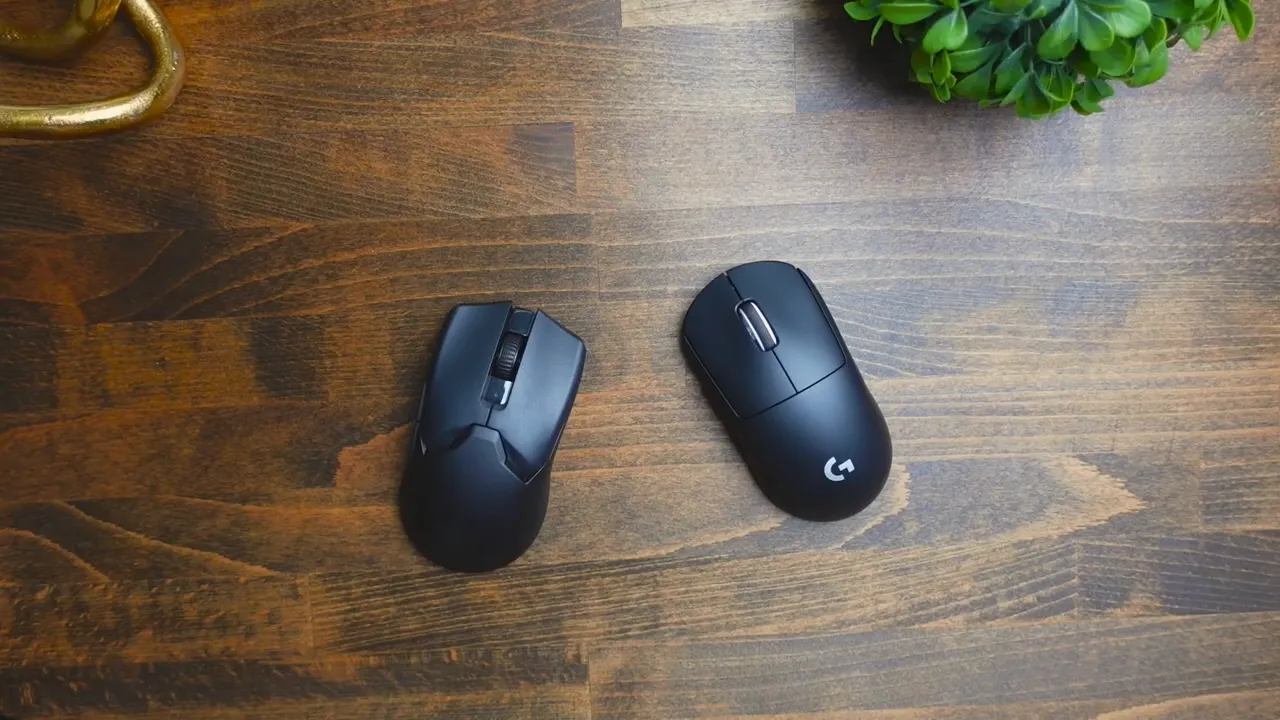
Final recommendation
My pick: Logitech G PRO X Superlight 2. Why? I prefer Logitech’s software ecosystem and the cleaner aesthetic. The difference isn’t about raw performance — both mice are esports-grade and perform superbly — it’s about personal preference and ecosystem. If you don’t want to spend the extra $40, the Razer Viper V2 Pro delivers top-tier performance and excellent ergonomics for most gamers.
Want a deeper dive?
If you'd like full-length, hands-on reviews of either mouse, I have dedicated videos that go into gameplay testing, button feel, and software walkthroughs. They’re perfect if you want to see the mice in action and hear more about day-to-day use.